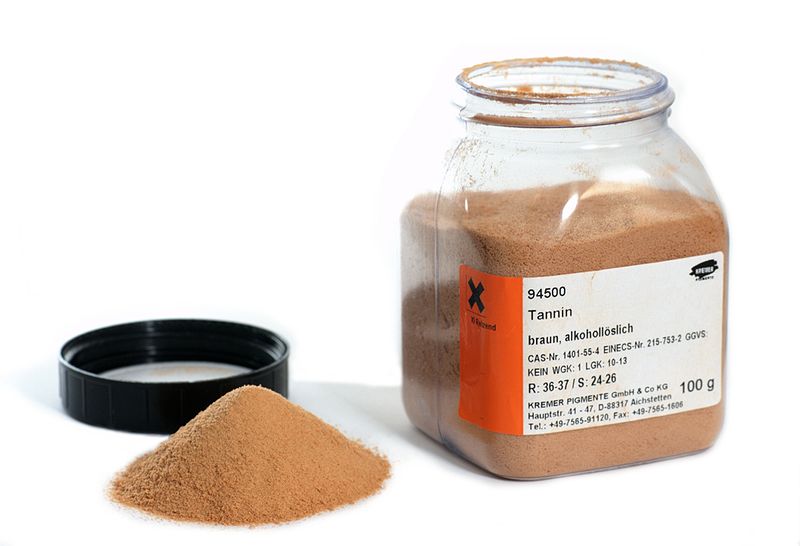Safety Data Sheets or SDS are important documents that provide guidance on the safe handling, storage, and transport of chemicals, ensuring compliance with regulations while mitigating risks to humans and the environment. Tannic Acid SDS provides information on the hazards, composition, and handling recommendations of this chemical.

Tannic acid is an organic substance found in plants, seeds, and fruit, used in various applications such as dyes, ink production, and tanning. It is also used in cosmetics, food additives, and as a preservative due to its antimicrobial properties. While Tannic Acid has many benefits, exposure to the chemical can cause adverse health effects, making it necessary to understand the correct usage and handling of the product before using it.
Hazards of Tannic Acid
The SDS for Tannic Acid provides important information about the chemical's hazards, including its potential effects on the human body due to exposure. The potential hazards of Tannic Acid include:
1. Skin and Eye Irritant: Tannic Acid can cause skin and eye irritation, especially if it comes in contact with open wounds or cuts, leading to inflammation and pain.
2. Respiratory Irritant: When inhaled, Tannic acid can cause respiratory irritation, leading to coughing, shortness of breath, and wheezing.
3. Gastrointestinal Irritant: Ingestion of Tannic Acid can lead to gastrointestinal irritation, causing symptoms such as abdominal pain, vomiting, and diarrhea.
4. Allergic Reactions: Tannic Acid can cause allergic reactions in some people, leading to symptoms such as skin rash, hives, and difficulty breathing.
Handling of Tannic Acid
It is essential to understand and adhere to the handling instructions and precautions outlined in the SDS for Tannic Acid to prevent health hazards. Some safety tips for Tannic Acid usage include:
1. Personal Protective Equipment: To minimize the risks of skin, eye, and respiratory irritation, it is important to wear safety glasses, gloves, and a respirator when handling Tannic Acid.
2. Storage and Transport: The SDS for Tannic Acid recommends storing it in a cool, dry place away from heat, fire sources, and oxidizing agents.
3. Proper Disposal: Tannic Acid should be disposed of in accordance with local, state, and federal regulations.
Conclusion
Knowing how to handle Tannic Acid safely is essential to prevent risks to human health and the environment. The SDS for Tannic Acid provides important information about the chemical's hazards and necessary precautions for storage, handling, and disposal. Always follow these instructions carefully, and if you experience any adverse symptoms after using Tannic Acid, seek medical attention immediately.
Keywords: SDS Tannic Acid